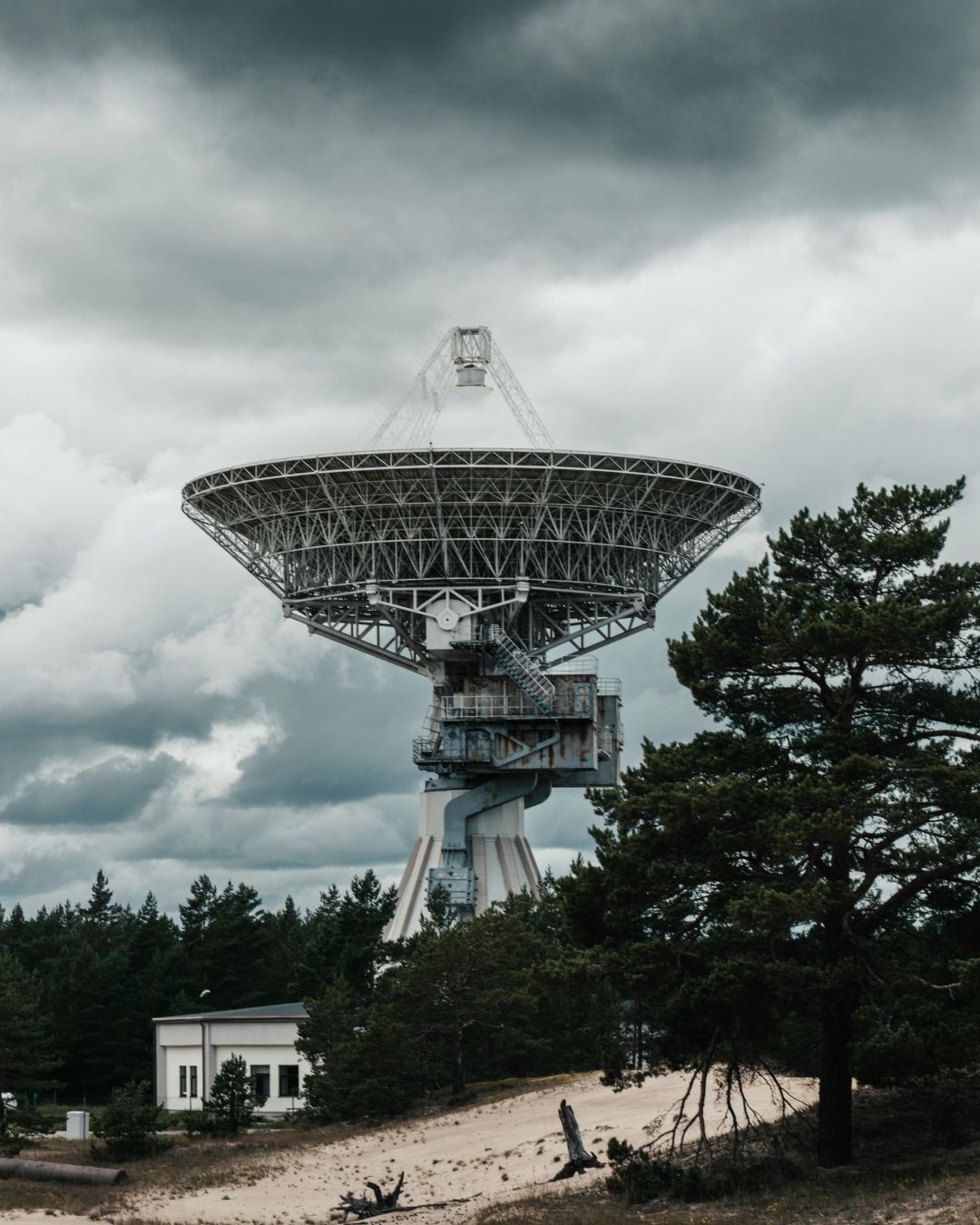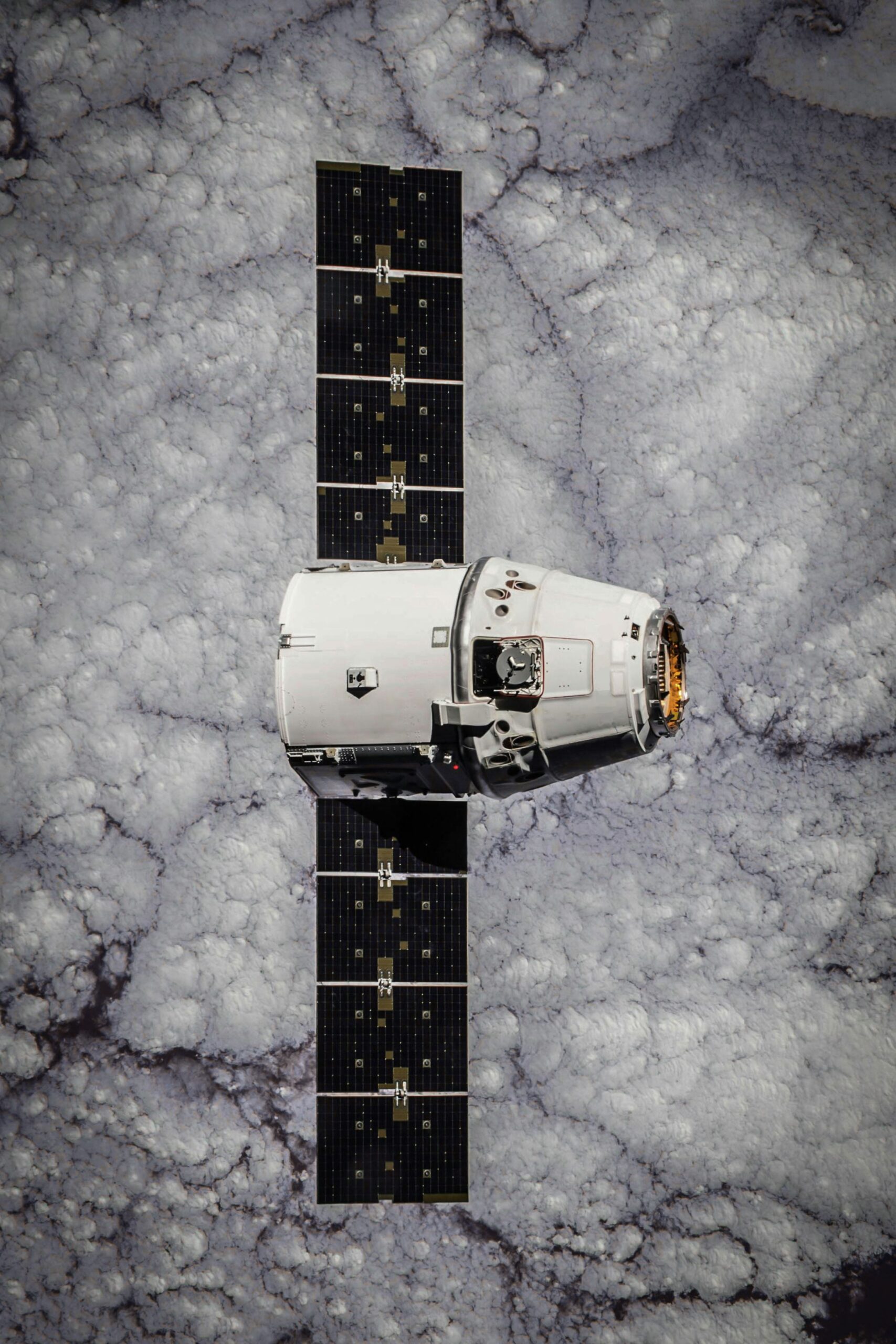
MEASUREMENT DEVICES
Light pollution can be monitored using measurements from either ground-based or space-based instruments. Generally speaking, these instruments are photometers, i.e. devices capable of measuring the intensity of incident light.
Ground-based instruments are typically photometers pointed at the sky, usually in the zenith direction (directly overhead). In this configuration, they measure the light emitted from ground-based sources and scattered back downwards by the atmosphere, namely what is commonly referred to as skyglow. The latter represents the light level actually experienced by humans, animals, and plants on the ground, and it is therefore considered the most meaningful measurement of light pollution. If installed in a fixed configuration, ground-based instruments are the best choice to perform systematic monitoring. However, they are not able to provide a uniform coverage of a large area if not deployed in a dense network.
The most commonly used ground-based instrument to monitor light pollution is the Sky Quality Metre (SQM) produced by Unihedron. It is an inexpensive and portable photometer that provides measures, expressed in magnitude per square arcsecond, of the sky brightness at the pointing direction. SQMs are available in both handheld configuration, to perform on-the-spot measurements, and fixed configuration, suitable for long-term monitoring.
To overcome the limited spatial coverage of a single SQM in a fixed location, such instruments can be mounted on the top of a car and used while driving at night to collect light-level data over large areas. Although allowing to quickly survey extensive areas, this method introduces certain biases, such as interference from car headlights.The Horizon 2020 European project STARS4ALL recently developed a new night sky brightness photometer named TESS-W. This photometer not only features a bandpass further extended into the red, compared to the bandpass of the SQMs, but it also includes Wi-Fi connectivity and is coupled with an infrared sensor to estimate cloud coverage.
Other instruments used to monitor light pollution include all-sky cameras, designed to capture the entire visible sky in a single frame. These devices typically employ a commercial camera module coupled with fish-eye optics. All-sky cameras can provide comprehensive spatial information about the intensity of skyglow in a specific location, which varies depending on the altitude above the horizon. However, these instruments feature a complex optical system and require dedicated calibration efforts, which typically requires the photometric analysis of observed stars.
On the other hand, space-based instruments are capable of performing uniform and continuous monitoring of light emissions from the Earth’s surface. Typically deployed on board satellites in low-Earth orbit, these instruments can image vast regions at once and revisit the same area on a daily or weekly basis. However, from their vantage point in space, they measure the intensity of light travelling upwards from the top of the atmosphere rather than the skyglow observed from the ground. As a result, measurements of ground-based and space-based instruments are difficult to be directly compared.
One of the most advanced instruments for measuring light pollution from space is the Visible Infrared Imaging Radiometer Suite (VIIRS), deployed by NASA and NOAA aboard the meteorological satellites of the Suomi NPP partnership. Thanks to its Day-Night Band (DNB), VIIRS has been monitoring light pollution since 2012, producing global monthly and yearly maps of the intensity of light emitted from the Earth’s surface.
For a complete list of ground-based and space-based instruments monitoring light pollution, visit our measurement and data page!

This repository is managed by INAF as part of the Interreg Central Europe project DARKERSKY4CE, co-funded by the European Union. The views and opinions expressed herein are those of the authors and do not necessarily reflect those of the European Commission. Whilst INAF takes every precaution to ensure that the content is accurate, INAF cannot guarantee that all information or data on the website is correct. Therefore, INAF accepts no responsibility or liability whatsoever with regard to the information or data on the website or for any use which may be made of it.
